Additional notes (click to expand)
Medicinal
Culpeper: ‘Methastrum. Horse mint. I know no difference between them and water mints.’ About the latter he writes: ‘Mentha acquatica. Water mints. Ease pains of the belly, headache and vomiting, gravel in the kidneys and stone.’ In his English Physitian (1652) he writes at length of its ability to cure everything from leprosy to preventing milk curdling, but warns that ‘They are extremely bad for wounded people; and they say a wounded man that eats mint, his wound will never be cured, and that is a long day.’
No evidence for any of it ...
Culpeper, Nicholas. (1650). A Physical Directory . London, Peter Cole.
Nomenclature
Other common names: Brook Mint, Horse Mint, Water Mint
The Royal Horticultural Society Horticultural Database, available at www.rhs.org.uk
Phytochemistry
Notes: Mint of various sorts remains hugely popular in cooking and salads, and plants from Europe have become widely distributed and naturalised worldwide. John Gerard (1545-1612), writes 'The smell of Mint does stir up the minde and the taste to a greedy desire of meate’. Other mint species are used in making tea in North Africa. In South Africa it is used for coughs, colds, asthma, headaches, fevers, indigestion and much more, mainly as an infusion. It contains fragrant aromatic oils (van Wyk).
Van Wyck, BE, Wink M. (2004). Medicinal Plants of the World, Briza Publications
Mentha longifolia (L.) Hudson
Family: LAMIACEAEGenus: Mentha
Species: longifolia (L.) Hudson
Common names: Long-leaved Mint
Pharmacopoeia Londinensis name: Mentastrum
Distribution summary: Europe, W Asia, C Russia, Ethiopia, S Africa
Habit: Perennial
Garden status: Currently grown
Garden location: Pharmacopoeia Londinensis 1618 'Leaves' (HSE 5)
Reason for growing: Medicinal

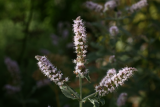

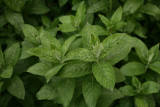
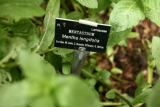
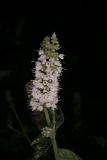


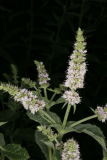
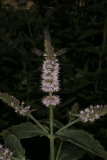
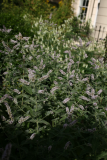
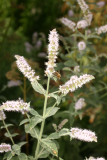
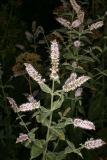
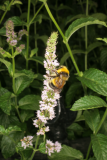
.JPG)